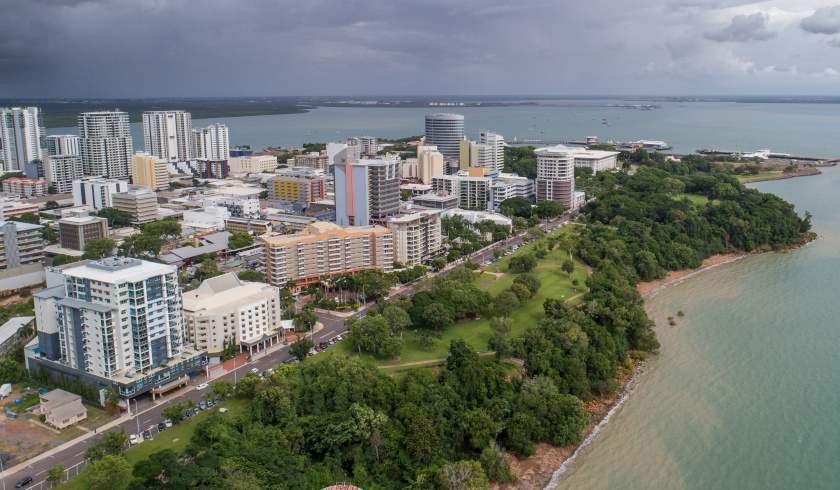Home values continue recovery in January with new record high
Dwelling values have returned to pre-COVID levels in every capital city across Australia, led by a 2.3 per cent increase in Darwin.

Cementing the recovery trend that started at the end of 2020, dwelling values continued to recover in January, with the national home value index up by 0.9 per cent, according to a latest CoreLogic report.
With dwelling values officially above pre-COVID levels by 1.0 per cent, the index also knocked over a previous record beating the September 2017 peak by 0.7 per cent.
Of the capital city markets, Darwin recorded the highest monthly rise at 2.3 per cent to a median value of $416,183.
Perth and Hobart followed with a 1.6 per cent increase in dwelling values each, while Canberra came in fourth with 1.2 per cent. Brisbane and Adelaide were next, tied at a growth of 0.9 per cent.
Meanwhile, Sydney and Melbourne continued their recovery from the impacts of COVID, ultimately seeing a mild home value increase of 0.4 per cent in January.
In terms of total returns, the smaller capital cities boasted double-digit growth, with Darwin leading at 17.3 per cent, followed by Canberra with 13.5 per cent, Hobart with 12.1 per cent and Adelaide with 10.8 per cent.
As of January 2020, Sydney remains the most expensive city to buy a house, with a median value sitting at $879,299, slightly higher than the national average of $583,157.
Following the NSW capital is Melbourne with a median value of $692,162 and Canberra with $686,524.
Regional dwelling values
Continuing the trend witnessed during the height of the pandemic, regional housing values soared at more than twice the rate of the capital city markets.
According to CoreLogic, the change in dwelling values across combined regionals currently sits at 1.6 per cent, higher than both combined capitals at 0.7 per cent and the national average at 0.9 per cent.
Since March 2020, regional housing values have risen by 6.5 per cent, while capital city dwelling values were down -0.2 per cent over the same period.
Further highlighting the contrast, regional Victoria and regional NSW saw values increase by 1.6 per cent and 1.5 per cent over January, respectively, whereas Melbourne and Sydney only saw 0.4 per cent.
CoreLogic research director Tim Lawless said the divergence between metro and regional housing demand is truly more evident in NSW and Victoria than any other states and territories.
“Internal migration data shows more people are leaving Sydney and Melbourne for regional areas, resulting in a transition of activity from the metro regions to the outer fringe and regional markets.
“This demographic trend is further compounded by the demand shock of stalled overseas migration. As Melbourne and Sydney historically receive the vast majority of overseas migrants, these metro areas have been the hardest hit by this demand shock,” Mr Lawless said.
Other factors that could be contributing to this trend are better housing affordability, opportunities for lifestyle upgrade, lower-density housing options and the new-found popularity of remote-working arrangements, the researcher concluded.
